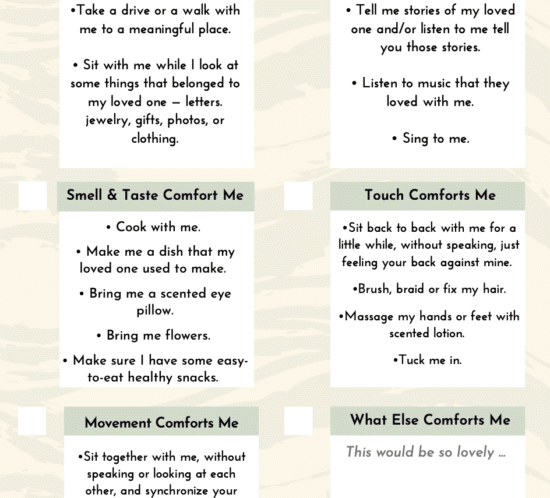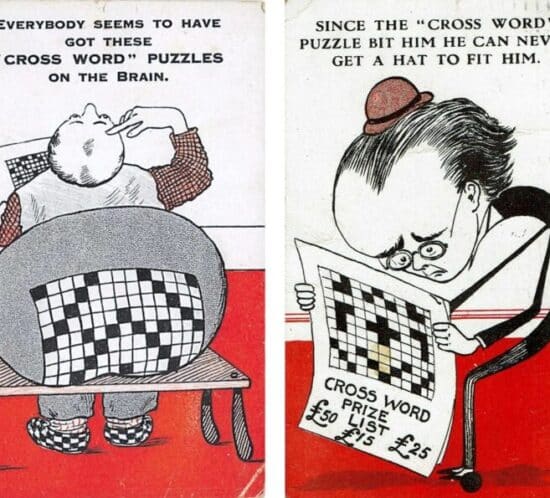The Creature Comforts Checklist
This is it our “Creature Comforts Checklist.” It’s an odd name, we know.
We called it that, recognizing that grief is a very physical thing and that sometimes what grievers most need (aside from not being asked if they need anything) is not to talk but to be. Just a creature.
When you’re grieving, you miss the physical presence of the person you lost – the size of their hand in yours, the quality of moistness or warmth that skin held. Your body curls into itself in loss. It’s hard to eat or sleep … or you’re eating or sleeping too much. What you need may not be to talk but to receive physical comforts, which can vary according to the individual, just as learning styles do.
Here's why the Creature Comforts Checklist works:
- It frees people who are grieving of the need to find the words.
- It helps them get the social support they need in healing – support that is already around them and willing, but confused or shy about where to start.
- And it allows those who love them to offer healing care, building relational bonds for the future. Let me know how the Checklist works for your clients, patients, and perhaps even friends!
We'd be happy to send you your own PDF copy of the "CCC" so you can copy the worksheet for use in your practice or give copies of it to a grieving friend.
Related Posts
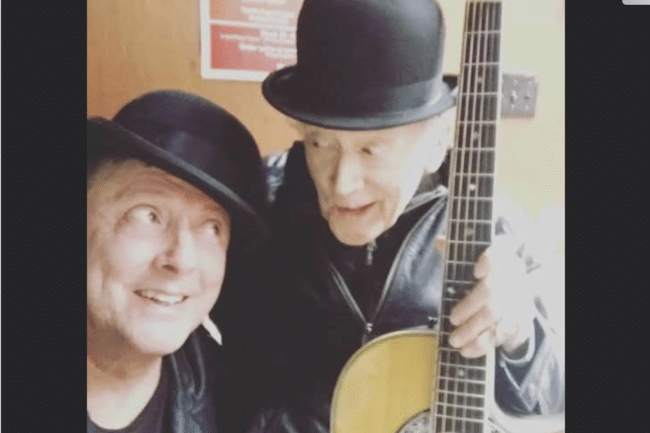
The Incredible Will to Sing
The will to make it to a loved one’s graduation or wedding, or to the birth of a new baby, somehow compels the body to obey the will. Stu Klitsner was going to sing at his only granddaughter’s wedding, come hell or high water.
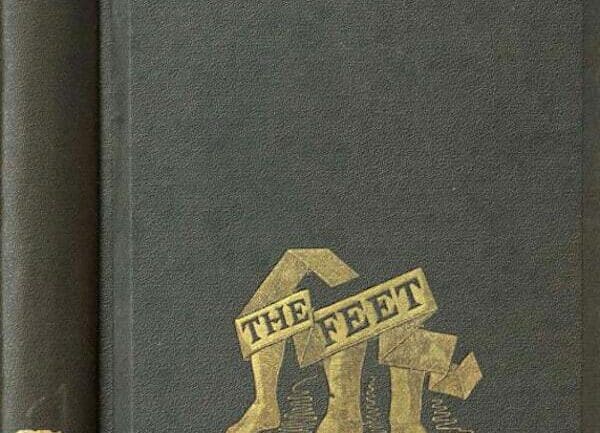
The Chaplain’s Feet
Chaplains exercise their humanness with every patient or family member they meet. What are the parallels between the kind of presence chaplains bring in the spiritual realm and that of the dancer who sees her choreography and performance as a kind of chaplaincy?

Whacking a Gun
At the 2023 Parliament of the World’s Religions, blacksmiths from RAWTools demonstrated how they took guns that had been surrendered from a variety of sources and re-formed them into garden hand tools, making literal their mission and message of anti-violence. The organization takes literally the passage from the Book of Isaiah to “beat their swords into plowshares and their spears into pruning hooks.”
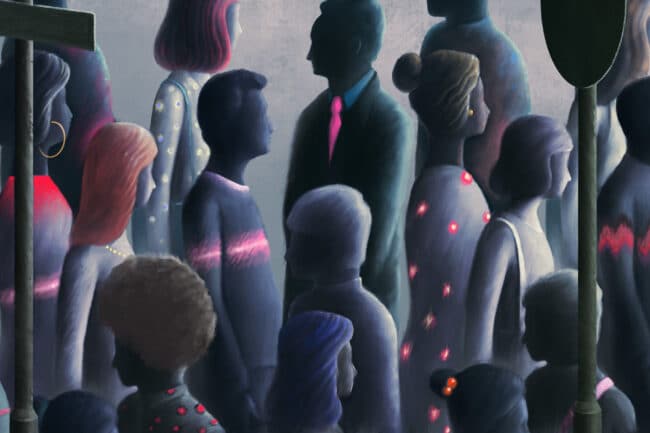
A Vaccine for Loneliness?
Public health has gotten bigger and bigger in recent decades. What was only thought of in the past as individual choices, like drug addiction, gun violence, or smoking crossed over to be thought of by many as social issues and, eventually, as matters of public health. With the Surgeon General’s report that came out in May, 2023, loneliness and isolation may assume their place alongside them as social epidemics.

Grief on the Comedy Stage
Is it in supremely bad taste, or potentially healing in a social setting, to use death and dying as material on the American comedy stage? The post-pandemic fad of comedy shows that deal with what have been taboo topics is currently walking that line.
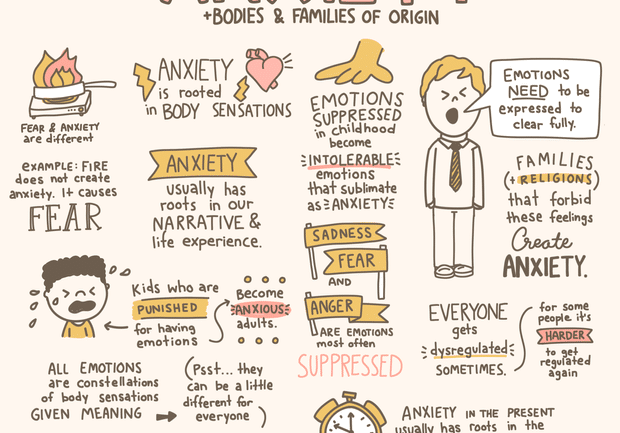
If You’re a Pro, You Gotta Have a Pro
Lindsay Braman’s example can open your mind about what sorts of both joy and utility you can create, simply by letting your own gifts out of the closet and using them in your work, in recognizing that, if a therapist/doodler can connect two passions, so can you.

